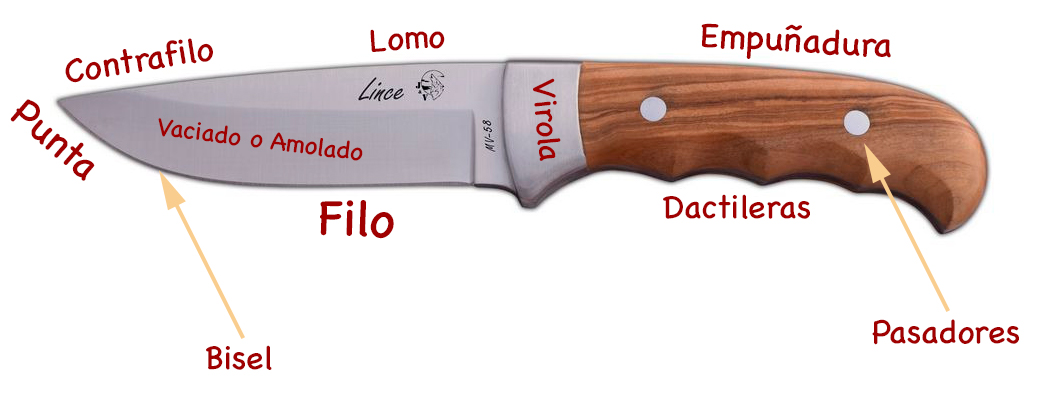What is the False Edge?
The term false edge refers to the edge that is located on the opposite side of the main edge of a blade weapon, such as a knife or sword. This complementary edge, located near the tip of the blade, plays a crucial role in the tool's effectiveness when cutting, as it allows for finer and more precise cuts. Additionally, its design can influence the overall performance of the weapon, making it more versatile in its practical and technical use.

In the context of swords, the false edge is not as common, as most are doubled-edged weapons. However, its presence can be found in certain models designed specifically for combat, where every detail of the blade is considered essential. For example, in medieval swords or Japanese katanas, the false edge can be used in various ways, such as to deflect an attack and make cuts at different angles, thus providing a tactical advantage in close combat situations.
Interestingly, in some swords, the false edge can even be sharper than the main edge, making it a tool not only for finer cuts but also a potentially dangerous element in untrained hands. Therefore, effective handling of a false edge requires specialized skills and training, as improper use can result in injuries to both the wielder and others. Thus, it is essential that those wishing to incorporate such a blade style into their repertoire of bladed weapons seek proper guidance and training in appropriate combat techniques.
When considering the acquisition of a weapon that includes a false edge, buyers should also pay attention to the legal regulations governing the possession and use of bladed weapons in their country or region. This ensures not only their safety but also compliance with the law, promoting responsible and conscious use of these historical and functional tools.
















